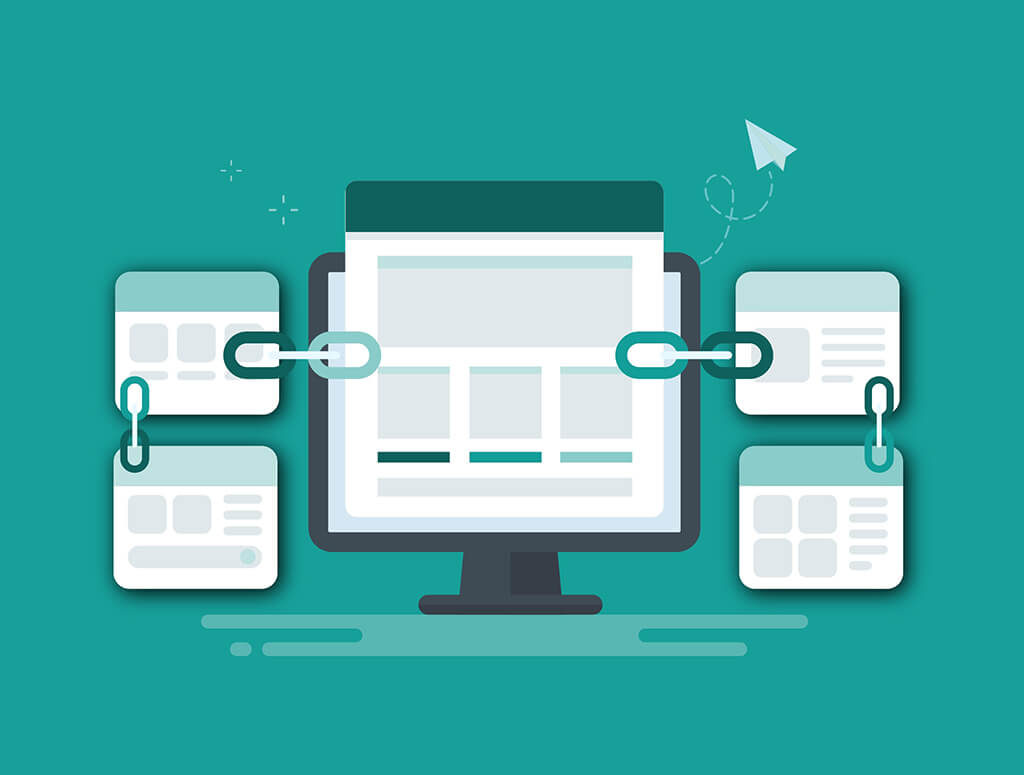Whether you’ve never heard of Drupal and are intrigued to find out more, or you are already considering tapping into it, the following Drupal for beginners information is designed to give you a little more guidance on what exactly it is and whether it could be of use to you.
We understand that if you’re just starting out, or a non-developer, it may seem a little daunting. That’s why we’ve created this Drupal guide for beginners. Packed full of Drupal tips, we’ve outlined some information you’ll need to know initially. We hope it helps.
What is Drupal?
Drupal is a content management system (CMS) that’s free and operates in an open-source way. Open source is a way to create and share software that can be modified and used by anyone.
Drupal is written in PHP: Hypertext Preprocessor (PHP), a popular scripting language apt for website development, which is speedy, flexible and practical.
Why choose Drupal?
So, why use Drupal? There are many reasons. Here are just some:
- Flexibility. Drupal’s flexibility is what sets it apart. It is often the preferred method for producing more customised websites.
- Dependable security. Every organisation has a responsibility for protecting user data. Drupal delivers and makes it easy.
- Impressive editing tools. Its Layout Builder tool makes creating dynamic content straightforward and fast, even for beginners, for example. And its What You See is What You Get (WYSIWYG) tool makes writing, editing and adding content easy.
- Unlimited content types. This includes highly customisable media and text.
- Control over user permissions. Enabling control of who can view, edit, customise or publish certain content.
- Multisite possibilities. Multisites can be created from a single installation and managed centrally.
- Accessibility. For users with disabilities. Reaching a greater audience and ensuring businesses align with legal requirements.
- Optimised performance. Faster loading aids visitor engagement. Drupal can cope under pressure, outperforming other open-source CMSs.
- Personalisation. Encourages one-to-one online relationships with potential clients.
What is Drupal used for?
If you’ve found yourself wondering ‘What is Drupal good for?’ you’re in the right place!
Drupal is almost certainly behind many of the websites and apps you use daily.
Its inspired flexibility and open-source model means it works well for larger, more complex websites, but equally as well for smaller sites. It is used for large corporate and government websites and small blogs alike. It’s favoured in the higher education, not-for-profit and healthcare sectors. The renowned CMS has developed to house almost any use case which encompasses digital content.
The variety of digital experiences that Drupal powers includes:
- Institutional and corporate websites
- Interactive websites
- Marketing portals
- Online directories
- Intranets
What can Drupal do?
So, what can you do with Drupal? It’s probably easier to answer with what you can’t do with Drupal. Just some of its features include:
- Distributed publishing workflows. Distributed publishing shares the responsibility for producing content throughout your business.
- Custom internal processes workflows. These are business process workflows.
- Corporate branding. Promoting a brand’s name and image online. Themes can help make this easy.
- Web content personalisation. This involves tailoring a website’s content in line with individual visitor’s preferences, interests and behaviours.
- Private content. Material that is restricted to a specific user.
- Listings of internal content. Organising intranet content.
- Starter kits. Distributions are packaged which can be very helpful when you’re starting out.
- Mix and match. Blending components to enhance the CMS’ capabilities or integrating with other applications or external services in a business’ infrastructure makes Drupal both scalable and powerful.
- Portals. Web portals are single-point access platforms which provide private content by way of a login experience.
- Multistep forms. Multistep forms are long forms broken into sections to make it easier for users to progress through the form logically.
- Custom JavaScript. JavaScript is a programming language.
- Landing pages. Which power Google Ads and user experience.
- Advanced search interfaces. Advanced search is a User Interface (UI) feature which enables users to refine content by tapering the search criteria.
- Integrations. With third-party content and marketing automation tools.
- Add-ons. There are thousands that can be utilised for the ultimate in design and performance.
- Modules. These enhance Drupal’s functionality.
- Decoupled front ends. Front ends are what a user sees and interacts with. Decoupling is when the front-end code is separate from the back-end code – the processes that drive the front ends.
- Taxonomy. A well thought through classification system that aids the organisation and labelling of website content, so it’s user-friendly and accessible and valued by search engines.
- Metadata management. Metadata is data that communicates information about other data. Effective management brings about data uniformity, reduced storage costs and enhanced productivity.
What is headless Drupal?
Headless Drupal provides greater freedom when producing digital experiences across a broad spectrum of channels. Its name comes about as decoupled architecture separates the Drupal system’s back-end, that drives content, from the front-end – or head – that displays content.
What are views in Drupal?
In Drupal, a view is a listing of content. A view scans your website, using whatever criteria you require, and presents the information to you in your preferred format. It can list news items, comments, calendars, maps, users, and so on.
To help you on your way, when you install the Views module initially, it shows you several example views.
Drupal tips and tricks for beginners
Here at WEBPRO, we know all the Drupal tips and tricks there are to know. Here are a few to get you started:
- Great community support. There is a substantial and active Drupal community, which can provide a great deal of support. Thousands of developers and users contribute to the platform, which can be really useful and reassuring. The community ensures information is relevant and fresh.
- Multilingual solutions. If you are put off by the fact you want a global reach or to be seen by those who speak a different language, don’t be. Drupal enables you to create and manage content in other languages.
- SEO built. Drupal is very SEO friendly so you can heighten your search engine rankings more easily. Just a few examples of tools you can use to aid SEO are clean URLs (short for Uniform Resource Locators, they serve as website addresses) and customisable metatags. Metatags are snippets of HTML code that can be crawled by search engines like Google.
- Responsive. Utilise responsive design. It’s more important than ever that websites can adapt according to the screen size they’re being viewed on – mobile phones or tablets, for example.
- Consider using a developer. You could create your own Drupal website without a developer in theory, if you have the time and ability, but you are likely to be limited in terms of functionality and complexity of design.
Drupal glossary
This brief glossary is merely an introduction to some more useful terms you may need to familiarise yourself with to start.
Block. A container for display purposes. This could be the search form or copyright information.
Content type. A template designed for a certain node type.
Contributed module. Drupal community available add-on functionality.
Custom module. In house add-on functionality.
Drupal core. The immediate usability or functionality of Drupal. It’s out-of-the-box features.
Module. Code you can add to your Drupal website for new functionality.
Node. An individual piece of content. A page or article, for example.
Permission. Enabling user tasks, such as viewing content or posting comments.
Role. A user type, such as author or member.
Taxonomy. The words and phrases used to organise content.
Theme. Defines the overall look of the user interface.
FAQs
Is Drupal a CMS or a digital experience platform (DXP)?
Drupal is a CMS meaning it is relatively easy to create, update and manage website content.
What database does Drupal use?
There are two code sets used by every Drupal website. They are Codebase and database Codebase.
What is a Drupal website?
A Drupal website can be large or small, highly customisable, scalable and powerful.
What does a Drupal developer do?
A Drupal developer is a technology specialist who uses PHP to create and develop websites and applications on Drupal. They use this CMS to craft automated tests, design custom modules and automate deployment to produce more powerful and responsive products.







